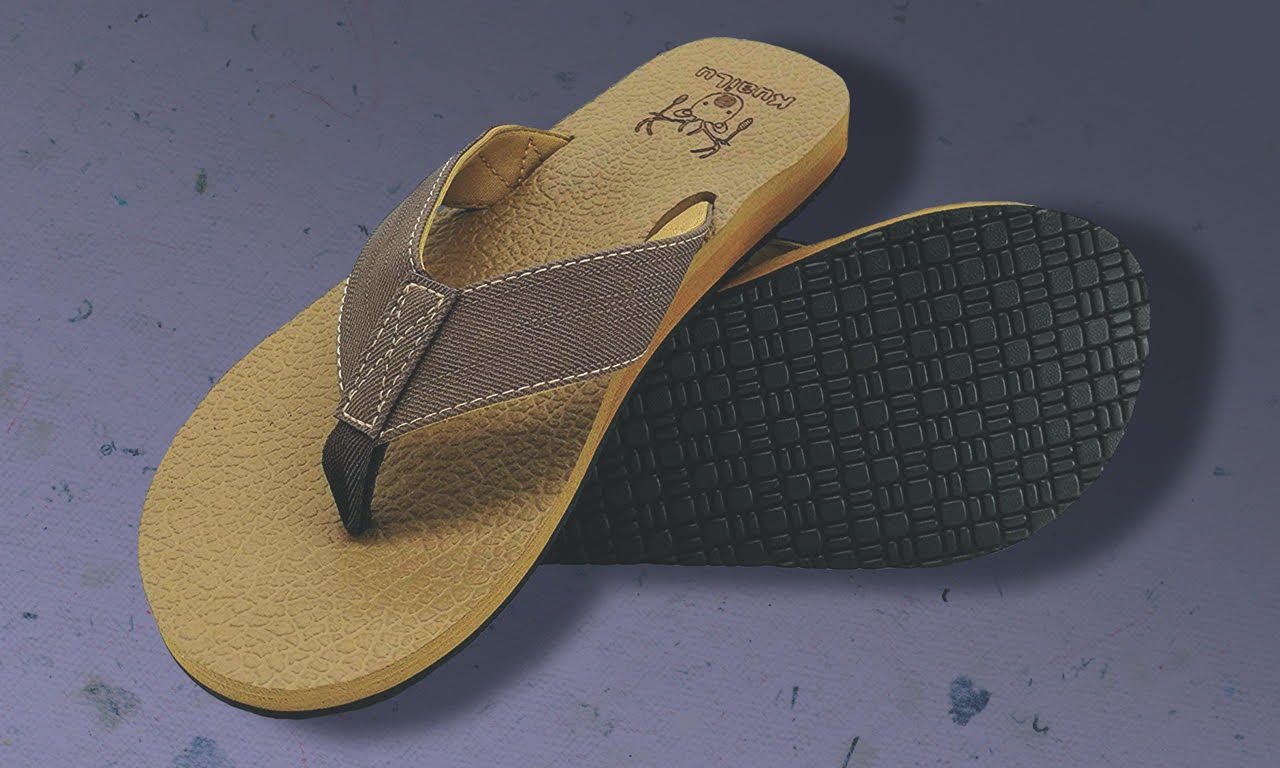
Here’s an important tip from K-ologist Kenny about adding insoles to your shoes: foot arch insoles will always have a break-in process. If you have a medium arch, try these for medium arch support: If you have a high arch, try these for high arch support: If you have a low arch, check out these for low arch support: Not only do we make shoes, we make replacement insoles to make our shoes (or any shoes!) comfier and more supportive for your type of feet.


Needless to say, here at KEEN, we love unique feet. But if your foot is a little more unique, you may want to customize your shoes with an added insole. KEEN shoes are built with contoured insoles that support the natural shape of your foot. Arch support puts your feet in alignment so the rest of your body (knees, hips, etc.) can be aligned too. Well, your feet will probably tell you! No matter your arch height, the importance of arch support can’t be overstated. The entire sole (or nearly the entire sole) of the foot touches the ground.Īrch runs higher than normal, from the toes to the bottom of the foot. Which one of these looks the most like your footprint? ), then step onto a surface that will take an imprint of your foot (cardboard works great!). Get your bare foot wet in the shower (or the sink, or the hose. One of the easiest ways to find your foot arch type is to look at your own footprint. But that doesn’t mean you should assume anything about your own arches - find out for yourself! According to our resident kinesiologist, Kenny the KEEN K-ologist (seriously!), women tend to have higher, shorter arches than men. Everyone’s feet are just a little bit different. This side-to-side motion is called “pronation.” (If you’re into jogging, you’ve probably already heard of pronation.) “Do I have high arches or low arches?”įeet are like snowflakes (but. Then it happens again, over and over, as you walk or run (or trot, or skip). Then your weight shifts to the outside arch as your foot bends and you keep moving. The inner foot arch compresses down flat as your heel strikes to absorb the impact. The arch of your foot acts kind of like the shock absorbers of a car, helping your foot to shift your body weight around and stay stable as it moves over uneven terrain (like a rocky beach or a shifting sand dune). When you’re doing any high-impact activity (running, jumping, diving to avoid a dodgeball hurtling at your solar plexus), the force to your feet can be equal to over twice your body weight - that’s a lot, but your feet take it in stride.

The structure of the human foot is enough to wow any engineer. Without them, none of your walking, hiking, or exploring would be possible. Consider this your 101-level intro to the arches. We’re not foot doctors or kinesiologists (but we do have an official KEEN kinesiologist), so nothing too complicated. Let’s talk about arches (the ones in your feet).


 0 kommentar(er)
0 kommentar(er)
